Nestled along the beautiful Kenyan Indian coast, Fort Jesus in Mombasa stands as a symbol of resilience, power, and the intricate history of this coastal city. Built by the Portuguese in the 16th century, this imposing fortress holds within its walls tales of conquest, trade, and the clash of civilizations. In this article, we will delve into the rich history of Fort Jesus, from its construction to its significance in establishing Mombasa as an ancient commercial and political center.
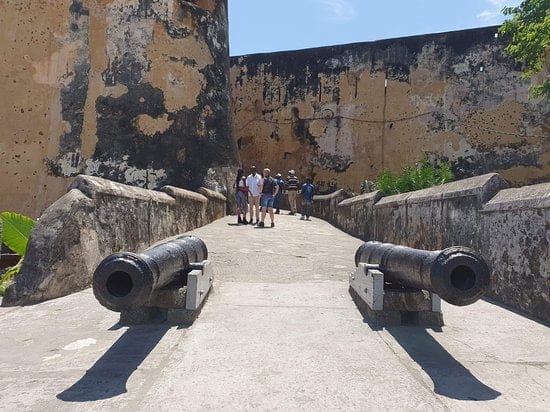
Fort Jesus in Mombasa
Fort Jesus, a UNESCO World Heritage Site, is a historical gem located in Mombasa, Kenya’s second-largest city. This magnificent structure has witnessed centuries of maritime trade, power struggles, and cultural exchange along the East African coast. It serves as a testament to the diverse influences that have shaped the region over the years.
Construction and Design
Construction of Fort Jesus began in 1593 under the orders of the Portuguese King Philip I. The fort was strategically positioned to guard the entrance to the Old Port of Mombasa and secure Portuguese interests in the region. The architectural design of the fort combines European military architecture with Islamic and Arabic influences, showcasing a unique fusion of styles.
Strategic Location
Fort Jesus was strategically located on a coral ridge overlooking the Indian Ocean, offering a vantage point to monitor maritime activities and protect Portuguese trade routes. Its prominent position also allowed it to control the entrance to the harbor, giving the Portuguese a stronghold in the region.
The Portuguese Occupation
Fort Jesus played a crucial role in the Portuguese occupation of Mombasa. It served as the headquarters for their East African territories and a center for the expansion of Portuguese influence along the Swahili Coast. The fort withstood several attacks from rival powers, including the Omani Arabs and the Swahili city-states.
Arab and Omani Rule
In the 18th century, the fort fell under the control of the Omani Arabs. They recognized the strategic importance of Fort Jesus and used it as a stronghold to maintain their dominance in the region. Under Omani rule, the fort experienced architectural modifications and served as a center for the slave trade.
British Colonial Influence
During the scramble for Africa in the late 19th century, the British gained control of Mombasa and Fort Jesus. The fort was used as a prison and later served as a garrison for British soldiers. The British made further modifications to the fort, including the addition of a moat and underground passages.
Significance as a Commercial Center
Fort Jesus played a pivotal role in establishing Mombasa as an ancient commercial and political center. Its strategic location facilitated trade between the African continent, the Arabian Peninsula, and the Indian subcontinent. The fort became a hub for maritime commerce, attracting merchants from different parts of the world and contributing to the growth of Mombasa as a prosperous trading port.
Present-Day Importance
Today, Fort Jesus serves as a captivating historical site and a window into the past. It houses a museum that exhibits artifacts, maps, and archaeological findings that narrate the fort’s history. The fort’s architecture and scenic surroundings attract tourists and history enthusiasts from around the globe.
Exploring Fort Jesus
Visitors to Fort Jesus can embark on a journey through time by exploring its various sections and exhibits. The fort’s architecture, with its imposing walls, battlements, and watchtowers, offers a glimpse into its military past. Inside, the museum showcases a collection of ceramics, pottery, weapons, and other artifacts that tell the story of the fort’s diverse history.
Museum and Exhibits
The museum within Fort Jesus displays a wide range of historical artifacts, including navigational instruments, coins, jewelry, and objects related to the slave trade. These exhibits provide insights into the fort’s role in maritime trade and the cultural interactions that shaped the region.
Events and Cultural Festivals
Fort Jesus also hosts various events and cultural festivals throughout the year. These festivities celebrate the region’s rich heritage, featuring traditional music, dance, food, and art. The Lamu Cultural Festival and the Mombasa Carnival are among the highlights, showcasing the vibrant cultural diversity of the Kenyan Indian coast.
Nearby Attractions
Exploring Fort Jesus opens up opportunities to discover other attractions in the vicinity. Visitors can take a stroll through the charming Old Town of Mombasa, known for its narrow streets, vibrant markets, and Swahili architecture. The beautiful beaches and marine parks along the coast offer opportunities for relaxation, water sports, and marine life exploration.
Visiting Fort Jesus
To visit Fort Jesus, tourists can access it through a designated entrance. Local guides are available to provide insightful tours and share fascinating stories about the fort’s history. It is advisable to check the opening hours and any specific visitor guidelines before planning your trip.
Fort Jesus stands as a living testament to the rich history of Mombasa and the Kenyan Indian coast. Its construction, strategic location, and significance as a commercial and political center highlight its importance in the region’s past. Today, it serves as a historical landmark and museum, inviting visitors to immerse themselves in the captivating narratives of the past while experiencing the vibrant culture of the present.
FAQs
1. Is Fort Jesus open to the public? Yes, Fort Jesus is open to the public. Visitors can explore the fort’s exhibits, learn about its history, and enjoy the scenic surroundings.
2. Are guided tours available at Fort Jesus? Yes, guided tours are available at Fort Jesus. Knowledgeable guides can provide insights into the fort’s history and make the visit more informative and engaging.
3. Can I take photographs inside Fort Jesus? Yes, visitors are generally allowed to take photographs inside Fort Jesus. However, it’s recommended to check with the staff for any specific guidelines or restrictions.
4. Are there nearby accommodations for visitors? Yes, there are several accommodations available near Fort Jesus, ranging from luxury hotels to budget-friendly options. Visitors can choose according to their preferences and budget.
5. What are some other attractions to explore in Mombasa? Apart from Fort Jesus, visitors can explore the Old Town of Mombasa, beautiful beaches, marine parks, and nearby attractions like Haller Park and Mombasa Marine National Park.

Exploring the Wonders of Amboseli National Park 2023
Amboseli National Park Amboseli National Park, a sanctuary nestled at the foothills of Mount Kilimanjaro, is a treasure trove of…
Read More
Kenya Tourist Visa Requirements 2023: Your Gateway to East African Adventure
If you’re planning an enchanting trip to the heart of East Africa, Kenya, Rwanda, and Uganda await your exploration. To…
Read More
H2o Extreme Diani: A Thrilling Experience In Diani Beach Water Sports
H2o Extreme Diani Diani Beach, situated on the picturesque coastline of Kenya, is renowned not only for its stunning natural…
Read More
Hot Air Balloon Safari in Masai Mara: Explore The #1 Sky-High Adventure
Hot Air Balloon Safari When it comes to experiencing the wonders of the natural world, few adventures can match the…
Read More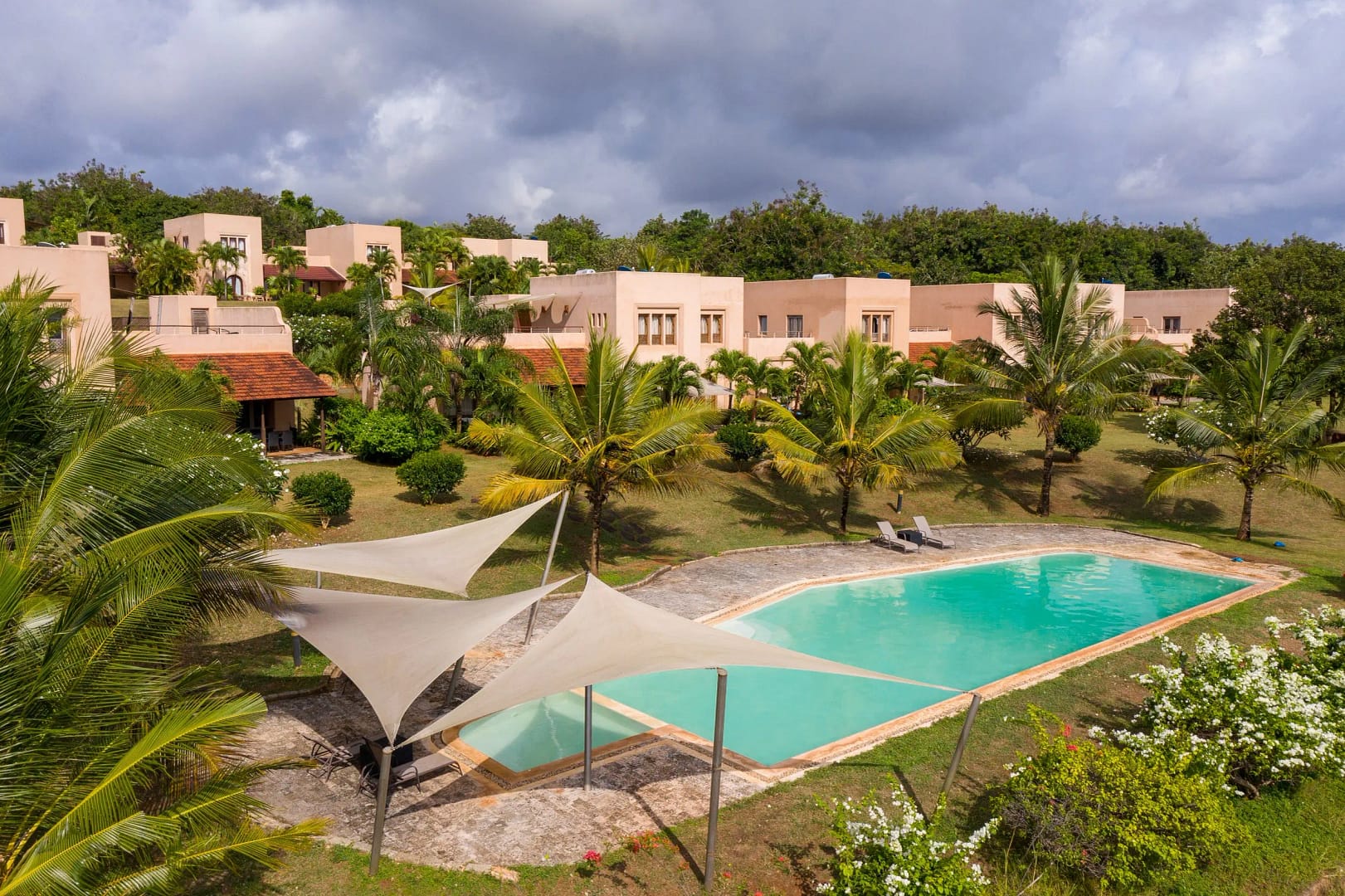
Vipingo Ridge: #1 Luxury Living At The Coast of Kenya
Vipingo Ridge In the heart of Kenya’s coastal paradise lies Vipingo Ridge, a haven for those seeking luxury living, relaxation,…
Read More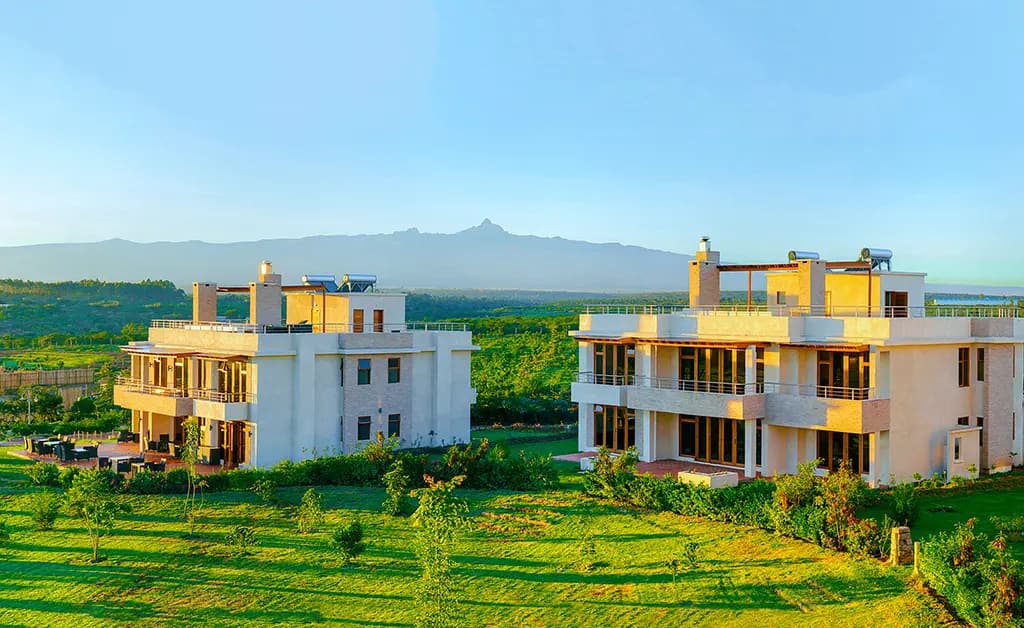
Maiyan Nanyuki: Exploring the #1 Beauty of Luxury Living in Kenya:
Maiyan Nanyuki Kenya, a land of breathtaking landscapes and rich cultural heritage, has long been a dream destination for travelers…
Read More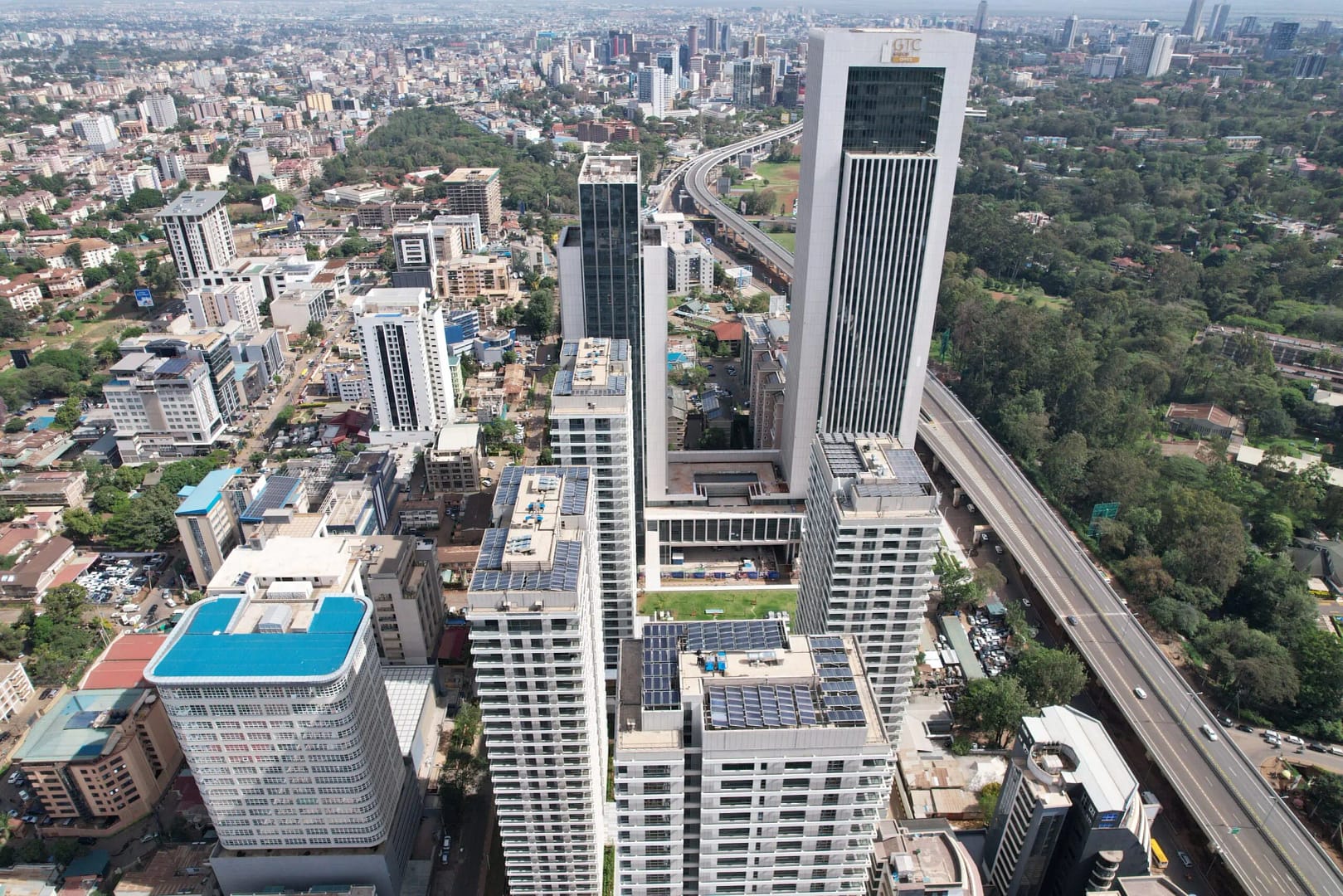
Luxury Living #1: Exploring Nairobi GTC Office Tower
In the heart of Nairobi’s vibrant Westlands neighborhood, a beacon of modern luxury living stands tall – the Nairobi GTC…
Read More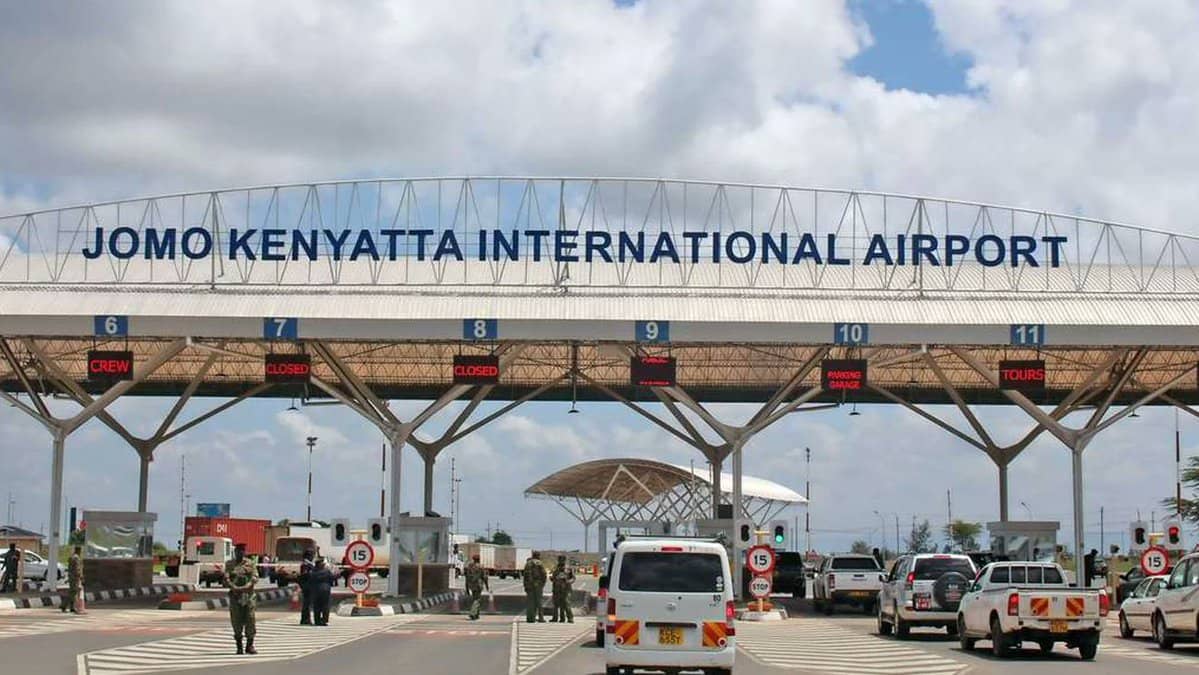
Luxury Accommodation Near JKIA Airport: #1Indulge Yourself in Comfort and Convenience
Luxury Accommodation Near JKIA Airport In today’s fast-paced world, where travel is an integral part of our lives, finding the…
Read More
Big Five Safari Kenya: #1 Exploring the Wonders of the Wild
Big Five Safari Kenya When it comes to experiencing the untamed beauty of the African wilderness, few destinations can rival…
Read More
Birdwatching in Kenya: #1 The Ultimate Birder’s Paradise
Birdwatching in Kenya is a captivating and enriching experience that beckons both seasoned birders and beginners. With its diverse landscapes…
Read More
10 Best Hotels in Eldoret, Kenya: Welcome To The City of Champions
10 Best Hotels in Eldoret Welcome to Eldoret, a vibrant and growing city in Kenya’s Rift Valley, known for its…
Read More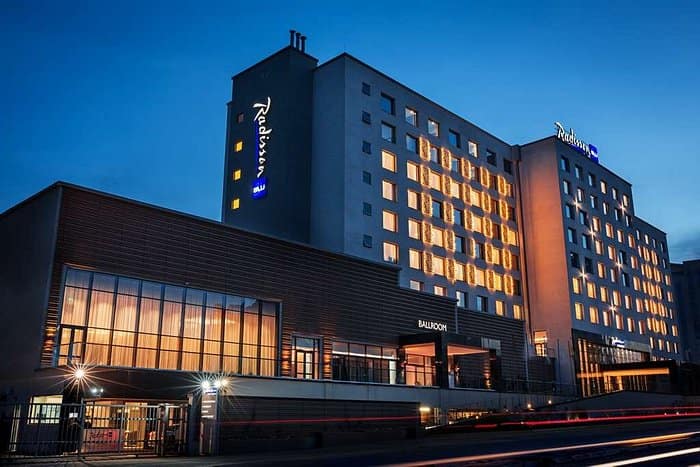
Radisson Blu HotelNairobi: #1 The Perfect Business Hub in Kenya
In the bustling heart of Upper Hill, Nairobi’s thriving business district, lies the Radisson Blu Hotel, Nairobi Upper Hill—a haven…
Read More




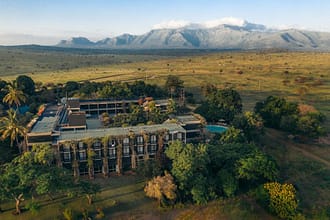

7 Comments